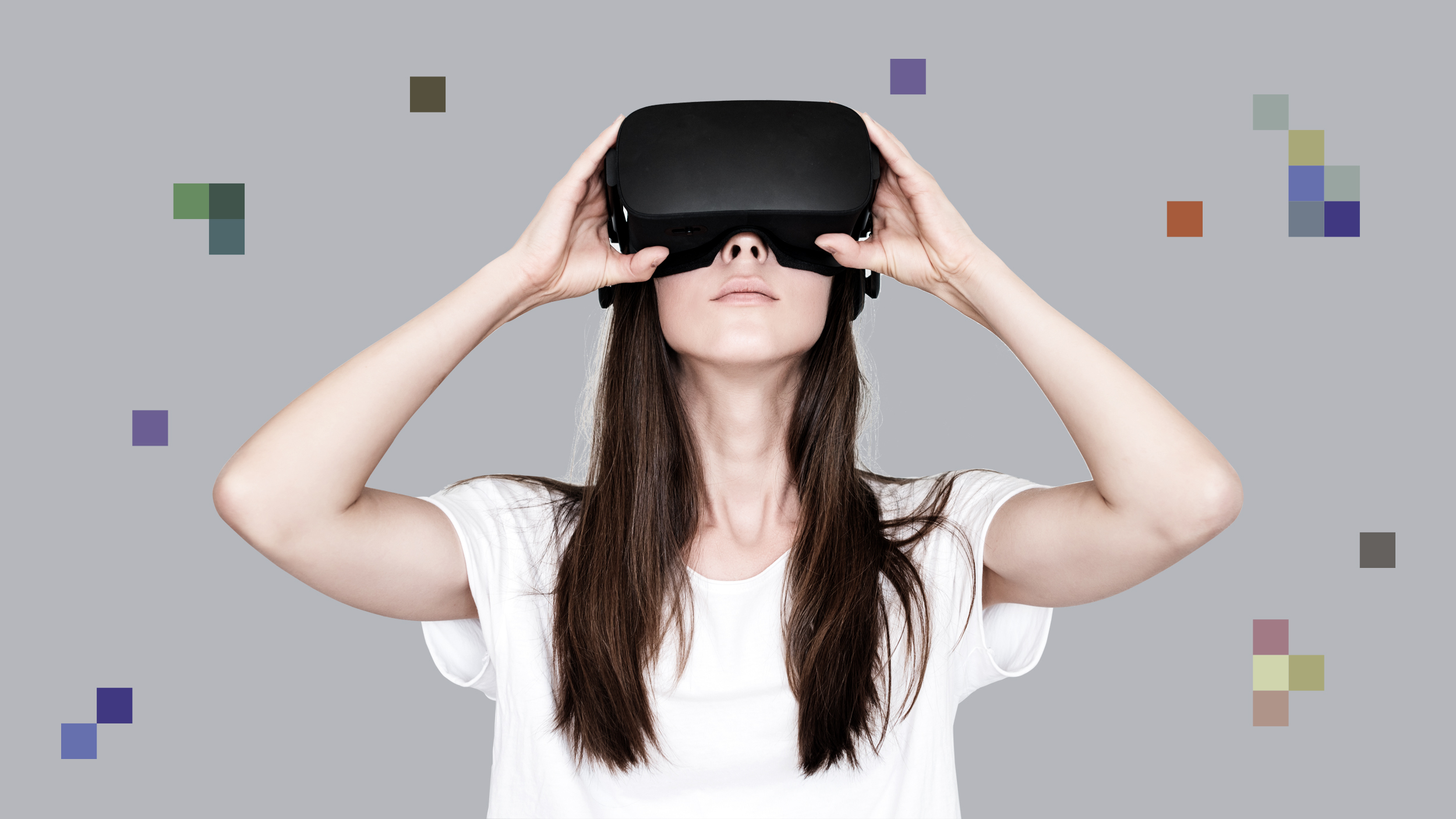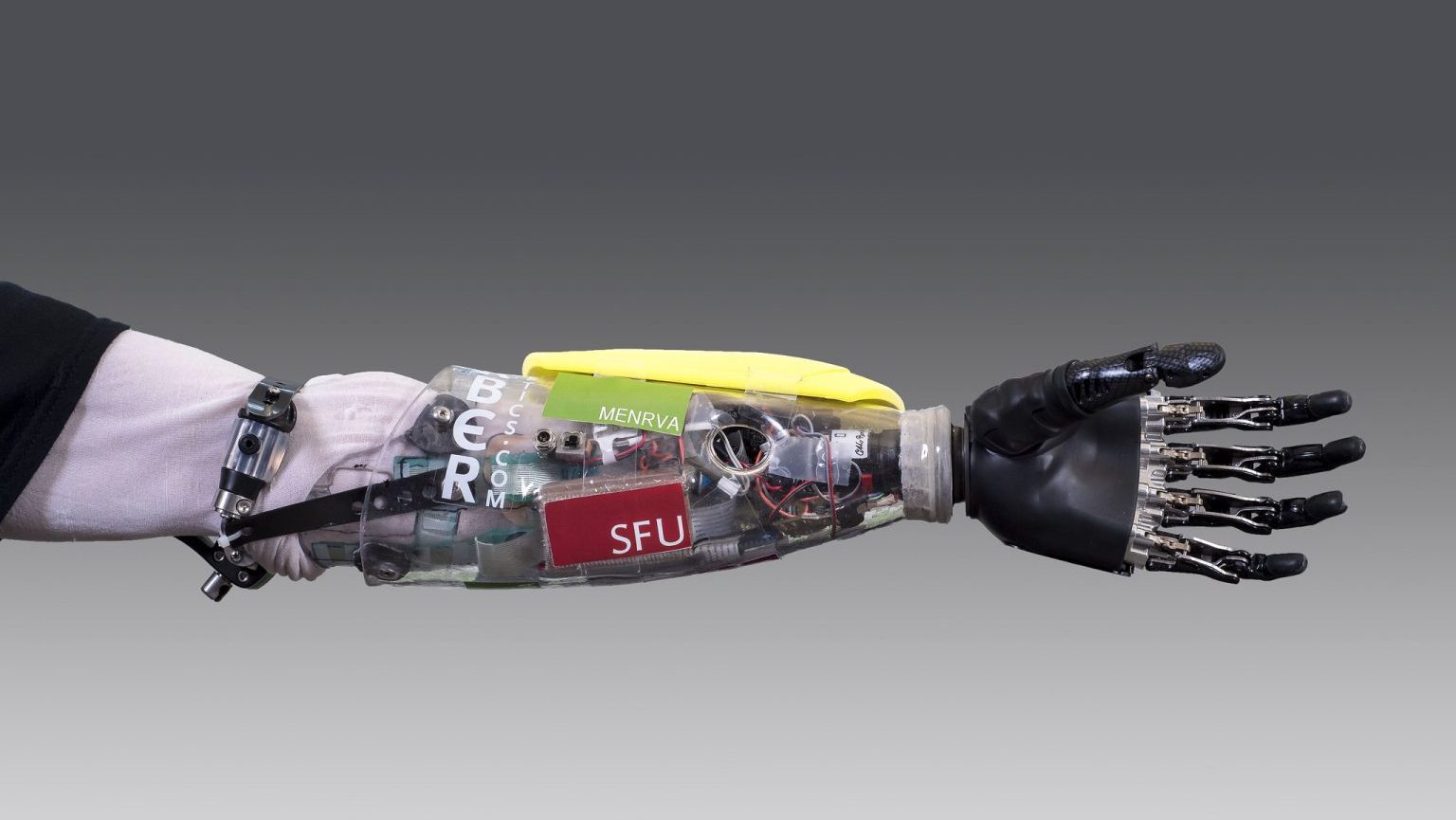VR training is the future. Here’s why, and how companies are using it

It’s no surprise that more learning and development professionals are beginning to explore how VR training might fit into their organization’s goals. This rapidly emerging, highly immersive training tool offers numerous benefits to learners and organizations alike.
Hilton’s director of learning innovation calls VR “the future of learning.” Johnson & Johnson Medical Devices’ VP of global education also remarked on the vast potential of this technology saying, “The world doesn’t have enough access to safe healthcare because there aren’t enough trained surgeons. VR tools can help solve this global crisis.”
As many are touting virtual reality as the next great training frontier, forward-thinking L&D leaders should verse themselves in the advantages, disadvantages, and different ways this technology can be utilized.
VR training 101
Virtual reality training uses lifelike simulations to help employees learn new skills and develop existing ones. The learner wears a virtual reality headset that visually immerses them in computer-generated, 3D graphics designed to mimic real world environments. They also typically have motion controllers which allow them to interact with their virtual surroundings.
In the virtual environment, learners can complete activities and scenarios. These can be anything from technical skills exercises, such as learning to operate machinery, to soft skills exercises, like de-escalating an intense customer interaction. This type of training offers several tangible benefits over traditional training formats.
Immersion
Engaging employees is one of the biggest challenges for L&D professionals. VR training helps overcome this obstacle by creating a learning environment with minimal distractions in which employees have the power to control their experience.
Virtual reality engages the senses and immerses learners in a simulation of the actual work environment, which can lead to better training outcomes. A study from Stanford University and Technical University in Denmark saw VR training drive a 76% increase in learning effectiveness over traditional instructional methods.
VR training drove a 76% increase in learning effectiveness over traditional methods.
Another PricewaterhouseCoopers study compared VR training to traditional training and found that when practicing soft skills, VR simulations taught learners faster and created a “stronger emotional bond” to the content
The superior outcomes resulting from immersive experiences like these reflect a basic tenet of adult learning theory – that adults learn best and retain information the most under conditions that approximate real-world performance. VR training is then able to facilitate “learn by doing”, making learners more capable by giving them simulated, hands-on experiences with tasks they might otherwise have to read about or wait to do once they’re on-the-job.
Plus, if learners need extra practice time to master a skill, they can repeat these same tasks multiple times in a virtual environment with minimal additional costs.
Cost savings
Immersive learning eliminates distractions and allows learners to progress through training faster, saving organizations time and money. In fact, the aforementioned PwC study found that employees trained with VR learned up to four times faster than traditional classroom learners. Less down time also means greater productivity, adding value to an organization’s bottom-line.
Employees trained with VR learned up to 4 times faster than traditional classroom learners.
Despite the upfront costs of investing in VR training technology (more on this topic, below), research shows that using it to train large numbers of people over time can be more cost-effective than live, in-person simulations.
VR training also makes it easier to practice skills that carry a high degree of risk to costly equipment. And when it comes to soft skills training, simulated environments create a safe space where failure doesn’t have detrimental impacts on key stakeholder relationships.
Better data
VR training technology gives L&D teams greater insight into learner analytics, in real-time. It not only allows them to better assess content mastery, but conveniently provides the data necessary to continuously improve training interventions. Many VR solutions offer the following data:
- Usage statistics (frequency of training, duration, and completion rates)
- Performance data (tasks performed, questions answered correctly)
- Engagement levels (measured by eye tracking, head movement, and other learner interactions)
Disadvantages of VR training
Although VR training can become a cost-effective solution, there are of course upfront implementation expenses to consider. While the rapid growth in consumer-grade virtual reality devices means the equipment is more accessible per-dollar than ever, there is a steep development cost associated with VR training.
One estimate puts the average instructional design, creation, and management of a full VR training program between $40,000 and $155,000. This estimate varies greatly depending on the scope of the training and whether or not organizations need to outsource some of the work.
The average cost of a VR training program is between $40,000 and $155,000.
Some industries will require uniquely designed features that standard VR controllers don’t offer. For VR training experiences to be as realistic as possible, developers may decide to create specialized controllers to match the equipment used in real life. Additionally, as technology advances, organizations may need to upgrade their VR hardware.
In addition to its hefty price tag, VR training is susceptible to technology constraints. One example is the screen-door effect – when someone wearing a VR headset can see individual pixels due to the fact that they’re viewing an electronic screen at such a close range. And sometimes artificial intelligence fails to act like a real human would in similar environments because of poor simulation design. These constraints remind learners that they’re in a simulated environment, which can create virtual fatigue. In some cases, learners can also get motion sick while wearing VR equipment.
Create bite-sized VR content that limits headset training time to 20 minutes.
However, shorter training sessions and regular breaks can help overcome both of these challenges. Learning developers should create bite-sized VR content that limits headset training time to 20 minutes or less; furthermore, they should offer non-VR content that supplements the simulated training experience. Not only can this help with any physical limitations, it ensures that VR training experiences match the microlearning preferences of today’s workforce.
Leveraging the power of VR
Designing a VR training program doesn’t happen overnight. There are many components of VR training development, from instructional design to 3D modeling, that go into trying to make the virtual experience as realistic as possible.
While it’s easy to get carried away with any new technology, training developers should keep in mind that VR is a supplemental tool. Traditional instructional methods may still be necessary and can be used in conjunction with VR to create a multi-faceted training plan.
Here are several ways that large organizations are utilizing this innovative technology and leveraging its power to develop their workforce.
Verizon
Verizon offers VR training to teach call-center employees how to de-escalate tough customer service conversations. In the training, associates practice both conversing and active listening. Not only does the module dramatically reduce training time, but Verizon’s global L&D director says employees are “much more confident, because they [are] more aware of themselves in how they [are] handling the customer.”
Walmart
All Walmart stores have been equipped with VR headsets and the company has reportedly trained over a million of its associates using them. Training includes everything from a module called “The Pickup Tower” where associates learn how to operate a kiosk for picking up online orders, to modules on active shooter training. Because the technology has helped reduce training time, Walmart estimates that VR has returned “over a million full days of work.”
FedEx
FedEx offers VR training for warehouse operations as well as how to properly load and unload trailers. The managing director at Ground University, FedEx’s corporate training program, says some of the things they’re simulating in VR are impossible to do in a typical classroom environment.
Porsche
In the transition to an electrified future, Porsche created a VR training about electric vehicles and the technology behind EVs. This includes exploring a narrated exhibit, interacting with electrical component displays, and testing mastery via an interactive quiz. Plus, this training has the option of non-VR, web browser delivery, making it easy to access and share across the entire Porsche enterprise.
Henkel
Chemical and consumer goods company Henkel developed a VR workplace health and safety training. What helps make this training effective is that learners are presented with real-world environments and are challenged to identify all of the risks before moving on to a new environment. This combination of immersion and gamification is where VR training excels.
Final note
There’s plenty of evidence that virtual reality is here to stay: the global VR market is projected to increase to over 12 billion U.S. dollars by 2024, and the technology is expected to become mainstream in the next three to four years. As L&D leaders look to help their organizations prepare for the future, the time to begin exploring VR training solutions is now.





